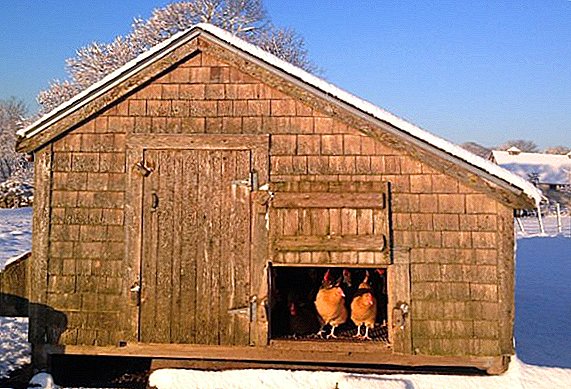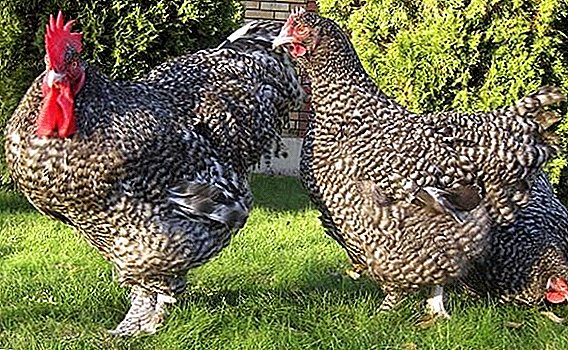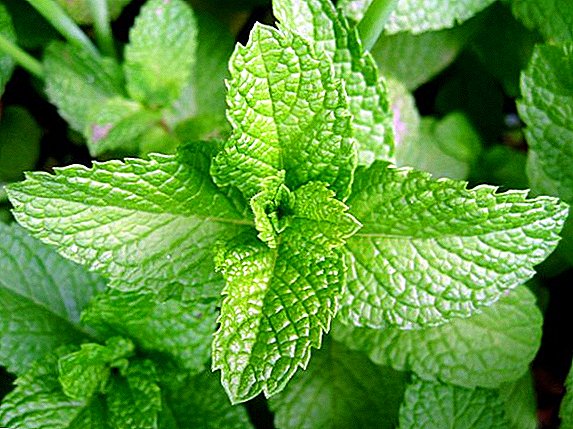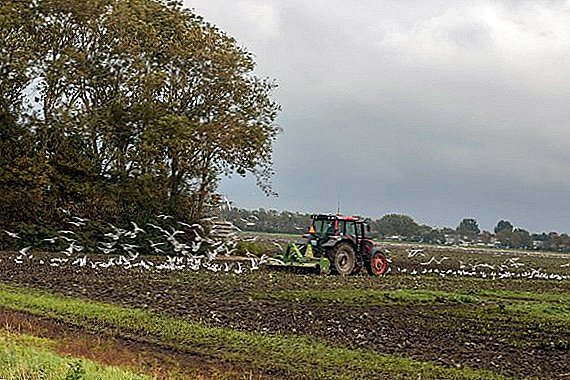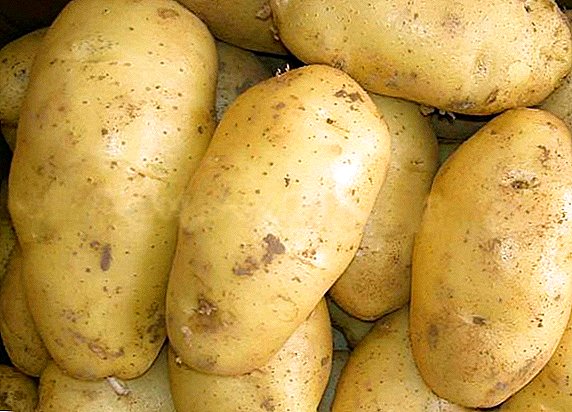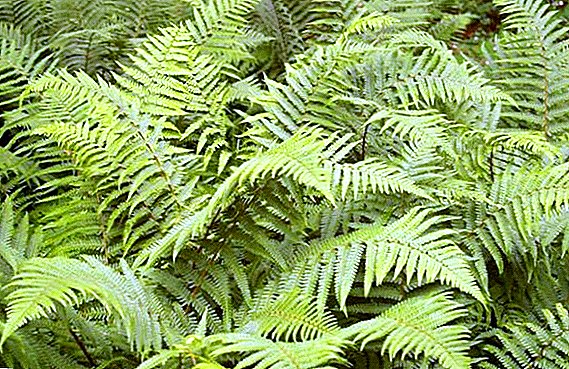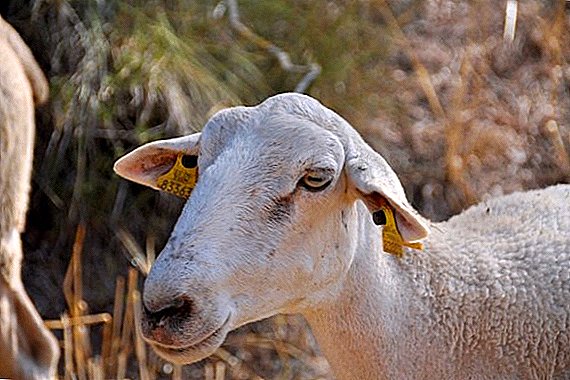 Sheep breeding is becoming increasingly popular. They grow them for different purposes: someone is interested in meat, someone is wool, someone is milk, more precisely, even more is the cheese that is produced from it. The fact is that dairy sheep farming, which we will dwell on in more detail, is aimed at obtaining as much raw material as possible for the subsequent manufacture of cheese or other dairy products.
Sheep breeding is becoming increasingly popular. They grow them for different purposes: someone is interested in meat, someone is wool, someone is milk, more precisely, even more is the cheese that is produced from it. The fact is that dairy sheep farming, which we will dwell on in more detail, is aimed at obtaining as much raw material as possible for the subsequent manufacture of cheese or other dairy products.
Indeed, sheep milk itself is not as highly valued as the various delicacies that are made from it. These include all kinds of cheeses, butter, kefir and more. What breeds are suitable for these purposes, we propose to understand.
East Frisian (East Frisian)
German by origin, the East Frisian breed is especially appreciated among sheep breeders. The fact is that the East Frisian breed is distinguished by high rates in all directions, that is, sheep and meat, and dairy, and wool. In addition, they are very prolific. The breed is famous for its fairly bulky size, the live weight of an adult female is 60-90 kg. The udder of the representatives of this breed is large, the nipples are well developed, powerful. During the lactation period one sheep can bring up to 600 liters of milk.
The breed is famous for its fairly bulky size, the live weight of an adult female is 60-90 kg. The udder of the representatives of this breed is large, the nipples are well developed, powerful. During the lactation period one sheep can bring up to 600 liters of milk.
The amount of raw materials per day varies from 3 to 6 kg, its fat content is 5-8%, and its protein content exceeds 5%. Good care is very important for this breed, sheep are whimsical, need good grazing and good nutrition. Single breeding is the best way to breed, but growing in a pen is also acceptable.
Did you know? Very popular cheeses, which are loved all over the world - feta, cheese, roquefort and many provenvers - are made exclusively from sheep's milk.

Tsigai
It belongs to the oldest breeds of sheep. It is also universal due to the fact that it is distinguished by high productivity in all three areas. The lactation period of the female lasts 125-130 days, at this time Milk yield ranges from 130 to 160 liters. For the breed is characterized by power and good health, which, in turn, protects it from various ailments.
In domestic small-scale breeding of sheep, many face a small selection of breeds in the vicinity, therefore it is recommended to study the characteristics of different breeds - Hissar, Merino, Edilbaev, Romanov.Animals can be grown almost everywhere, as they are unpretentious and easily adapt to any climate. In winter, especially when low temperatures and large amounts of precipitation are observed, it is desirable to keep sheep in the sheepfold. There are no problems with feeding, animals are not picky.

Lakayune
The long selection work on these dairy sheep gave them a lot of positive qualities. They are very strong and resistant to diseases and parasites. Do not require specific conditions of detention and not capricious in the diet. The period of feeding the lambs by the female lasts no longer than a month, during which time they manage to gain from 12 to 15 kg. 
Important! Lacunae lactation period lasts 160 days, plus the first month after the birth of offspring, which can also be used for milking, if the lambs are converted to artificial feeding or sold for meat.Milk lactation can be 350-400 liters high-quality dairy product with fat content up to 8% and protein content from 5 to 5.5%. The lacayune breed was bred in France, it easily adapts to different conditions of detention: to poor rocky areas, and to fertile meadows.
Effectively used in the management of intensive agriculture, suitable for machine milking. 
Avassi
The breed comes from Syria, there, on poor arid pastures, animals have gained strength and immunity, therefore, are considered to be hardy and unpretentious. Persistent water problems also affected this breed: lambs can only drink twice a week. They accumulate a fat tail, which helps them out in the absence of food and drink. 
Important! With good nutrition and proper maintenance, avassi sheep are capable of producing a record amount of milk, up to 800 liters during the lactation period.Milk productivity of avassi sheep is high enough during the period of lactation, they are able to bring 250-300 liters of raw materialswhich contains about 8% fat. On average, about 30 kg of cheese or 7 kg of ghee are made from 100 liters of sheep milk.

Assaf
This breed appeared due to cross-breeding of avassi and East Frisian sheep by Israeli breeders. Now at home, it is considered the most popular. In the year the female is able to bring up to 450 liters of milk. Assaf are in demand in Israel, as well as in many European countries and the USA, the breed has managed to establish itself well as meat and dairy, so farmers all over the world willingly breed it. 
Did you know? Sheep's milk is very useful due to the high content of kapron and caprylic amino acids important for humans. Despite the fact that it is they who endow the product with a specific aftertaste, its benefits far outweigh the benefits of cow's milk.
 When choosing a dairy breed of sheep, it is worth paying attention not only to high animal performance, but also to consider animals from the standpoint of wool, flesh and fertility. Preference should be strong and durable sheep to avoid future problems with care. Moreover, there are enough breeds that are unpretentious in food and content, but at the same time have good production performance.
When choosing a dairy breed of sheep, it is worth paying attention not only to high animal performance, but also to consider animals from the standpoint of wool, flesh and fertility. Preference should be strong and durable sheep to avoid future problems with care. Moreover, there are enough breeds that are unpretentious in food and content, but at the same time have good production performance.

